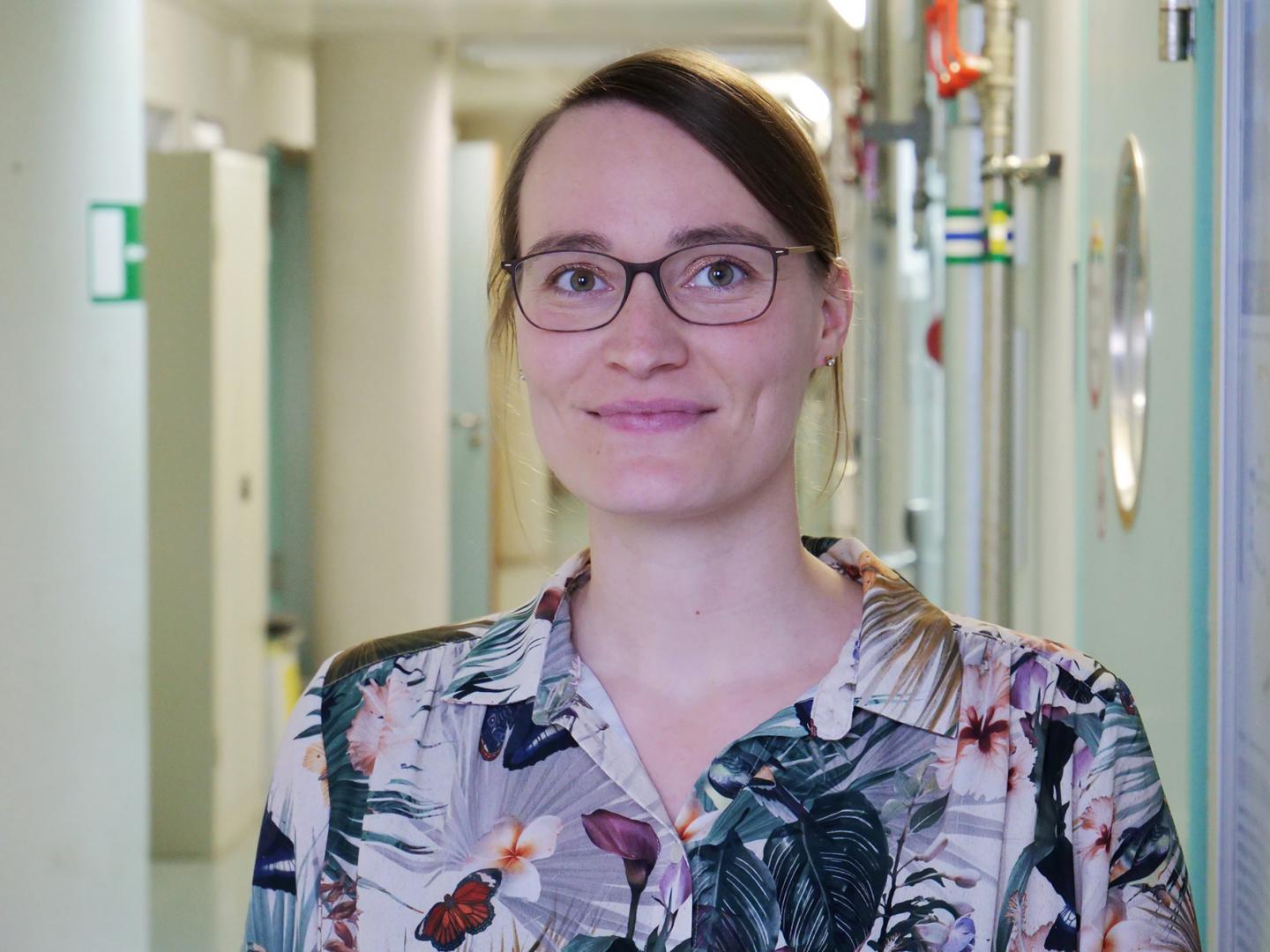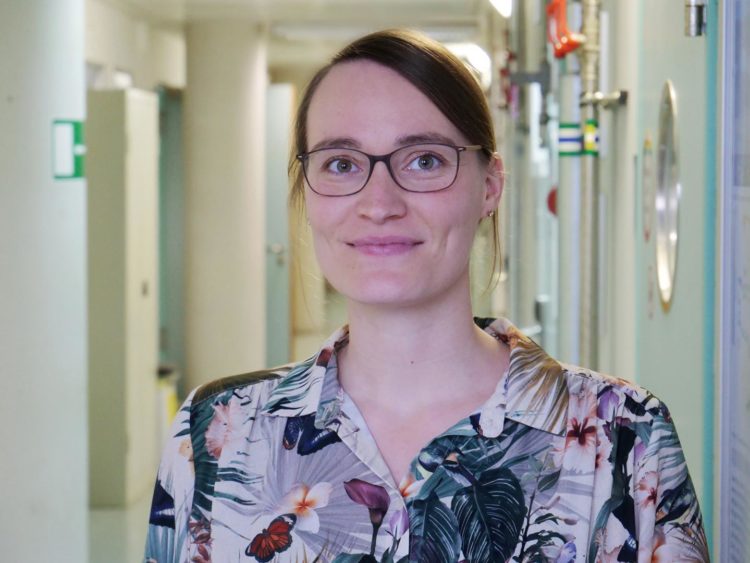
Credit: (Photo: Robert Emmerich)
Everyone who has seen a hummingbird hawk-moth feed will never forget it again. The little moths look like hummingbirds when they hover in the air in front of a flower and dip their proboscis into the nectary with great precision. They particularly like to visit geraniums, but also head for many other flowers.
However, hummingbird hawk-moths should not take too much time in their search for the nectary, because hovering costs a lot of energy. So they have to be efficient. But how do hummingbird hawk-moths manage to get to the nectar as quickly and accurately as possible?
“Colored patterns on the flower faces help the hummingbird hawk-moth navigate,” says Dr. Anna Stöckl from the Biocentre of Julius-Maximilians-Universität (JMU) Würzburg in Bavaria, Germany. The researcher wants to understand how these small insects visually recognise such patterns and process them in their nervous system. She is also working on other projects that focus on the processing of visual stimuli in insects. Financial support for these projects is provided by the German Research Foundation (DFG) and the Volkswagen Foundation.
Looking forward to the exchange with other fellows
With her research program for the coming years, the Würzburg-based scientist has applied to the Young Academy of the Bavarian Academy of Sciences and Humanities. With success: On March 1, 2020, she will be accepted into this circle of outstanding young researchers – initially for three years, with the option of an extension for another three years. This membership come with a scholarship of 12,000 euros per year.
“It is a great honor for me to be accepted into the Young Academy,” says Anna Stöckl, “and I am very much looking forward to the exchange with my fellows. In our highly specialized job we easily get lost in our little scientific bubble.” The Young Academy provides an excellent opportunity to broaden one’s horizon by interacting with researchers from many different disciplines.
Currently Anna Stöckl is the only scholarship holder from JMU. But two other Würzburg researchers are among the alumni of the Young Academy: Cynthia Sharma, who now holds the Chair of Molecular Infection Biology at JMU, and Dr. Michael Hudecek, who leads a research group on cancer immunotherapies at the Würzburg University Hospital.
Anna Stöckl’s career
Anna Stöckl is fascinated by insects because comparatively few nerve cells in their brain are able to control very complex behaviour. In addition, she has an “incurable addiction for observing neurons live in action,” as she writes on her website. This “addiction” began in Grünstadt, in the German region of Palatinate – during her school days there she spent several months learning about the human eye and retina in a focus project.
As her scientific training went on, the “addiction” became more intense. Anna Stöckl investigated the visual systems of a wide variety of animals – mice, fish, leeches, jellyfish and hawkmoths were among them. She studied biology and neuroscience in Heidelberg and at LMU in Munich; for her doctoral thesis she went to Lund University in Sweden. “I had already met my supervisor Eric Warrant when I was a bachelor’s student, during an internship at the Vision Group in Lund,” says Stöckl.
Science communication is fun
In her dissertation, she examined elephant hawk-moths. These striking pink-green moth can not only navigate, but even perceive colors in starlight. Anna Stöckl described how the moths achieve this: they do not only rely on their excellent eyes, but also sum neural information in time and space in their brain. “You can compare this to a camera: The elephant hawk-moths extend the exposure time and enlarge the pixels,” the JMU researcher explains.
There is no better way to describe it – thus it is fitting that Anna Stöckl has been awarded the KlarText Prize for Science Communication 2017 by the Klaus Tschira Foundation. She also took part in the Science Slam 2019 of the JMU alumni office, where she explained her research in an understandable and entertaining way to a lay audience.
“I always thought it important to explain what I am investigating. And I really enjoy taking a creative and sometimes a little crazy approach to explaining science,” says Stöckl. It is also important for her to give back to society that finances her research in this way – “especially because I don’t work on application-oriented questions, but I conduct basic research.”
###
Media Contact
Dr. Anna Stoeckl
[email protected]
49-931-318-6572
Original Source
https:/





